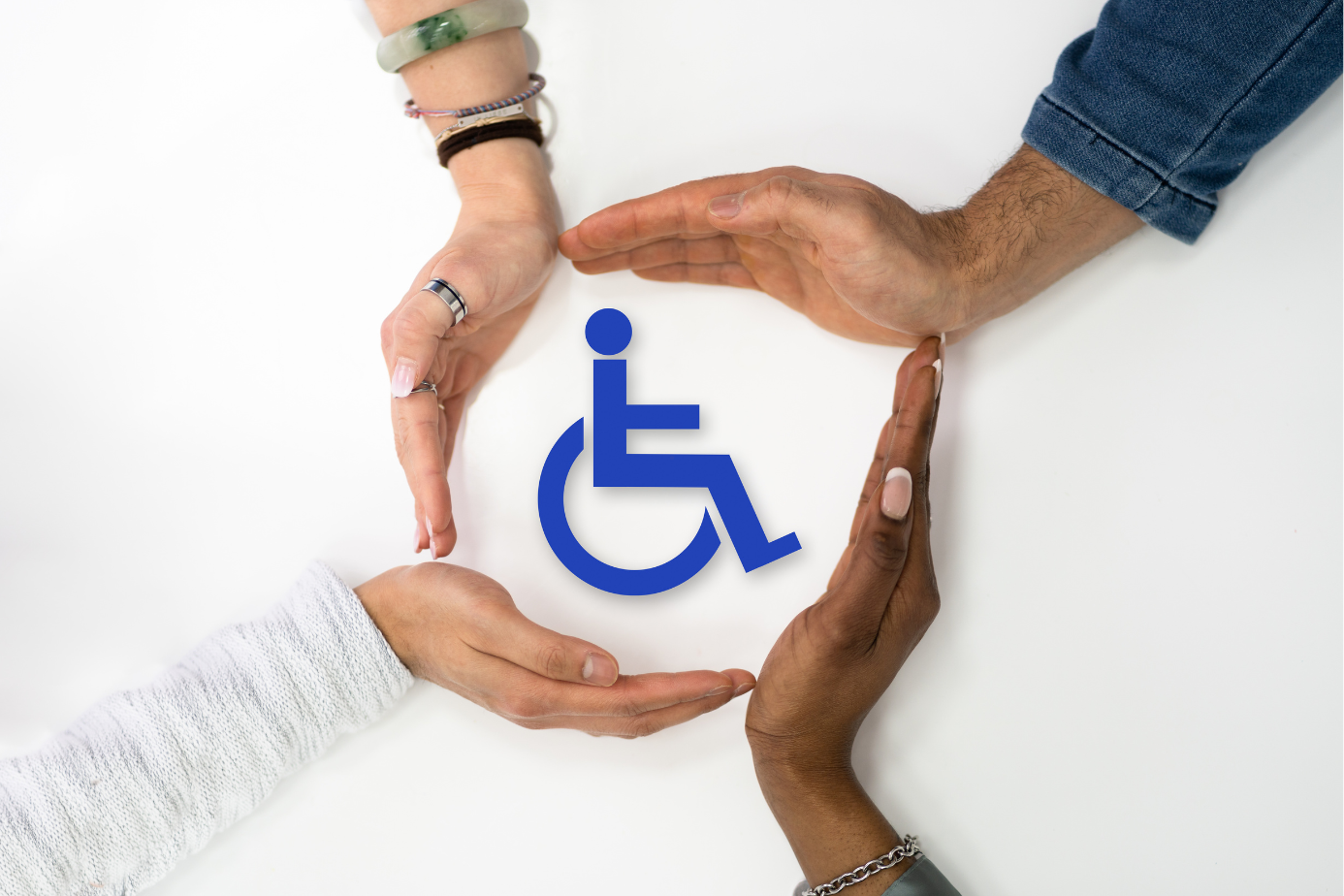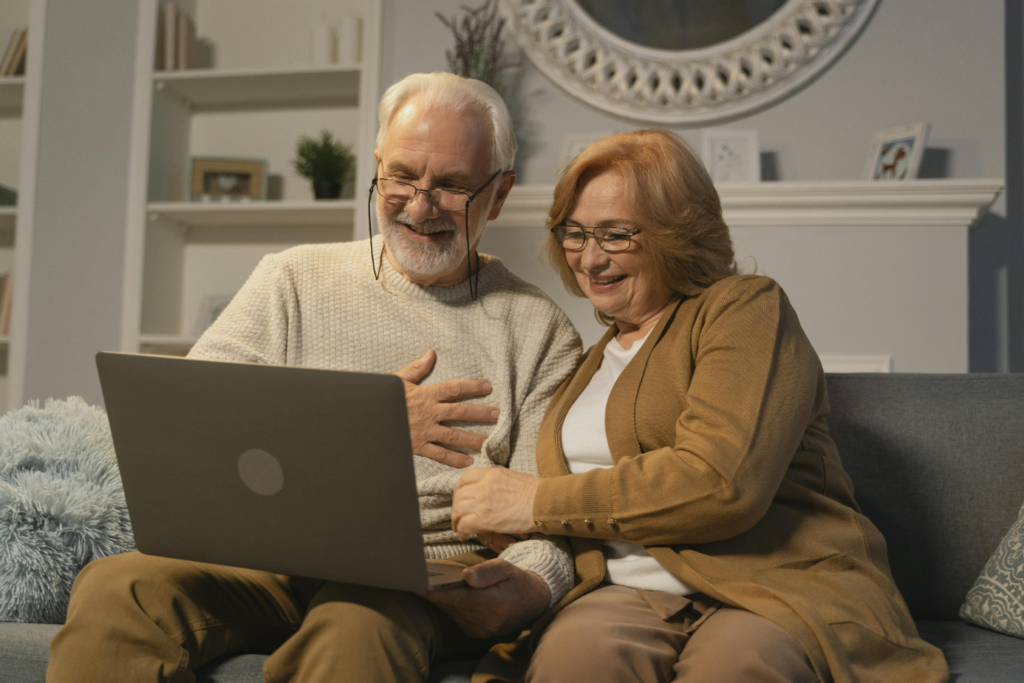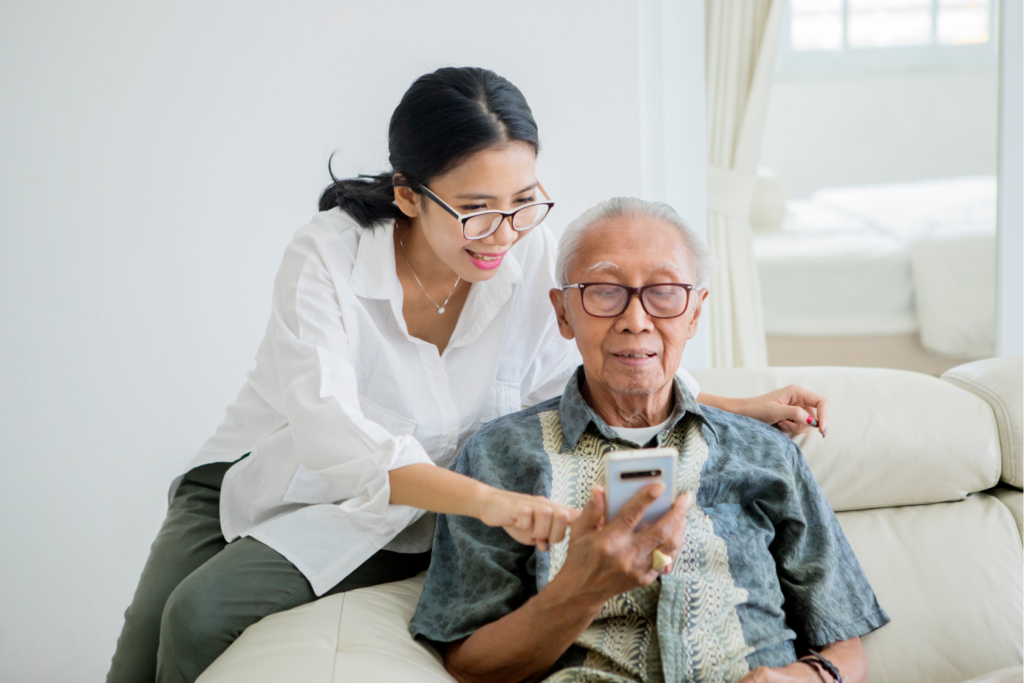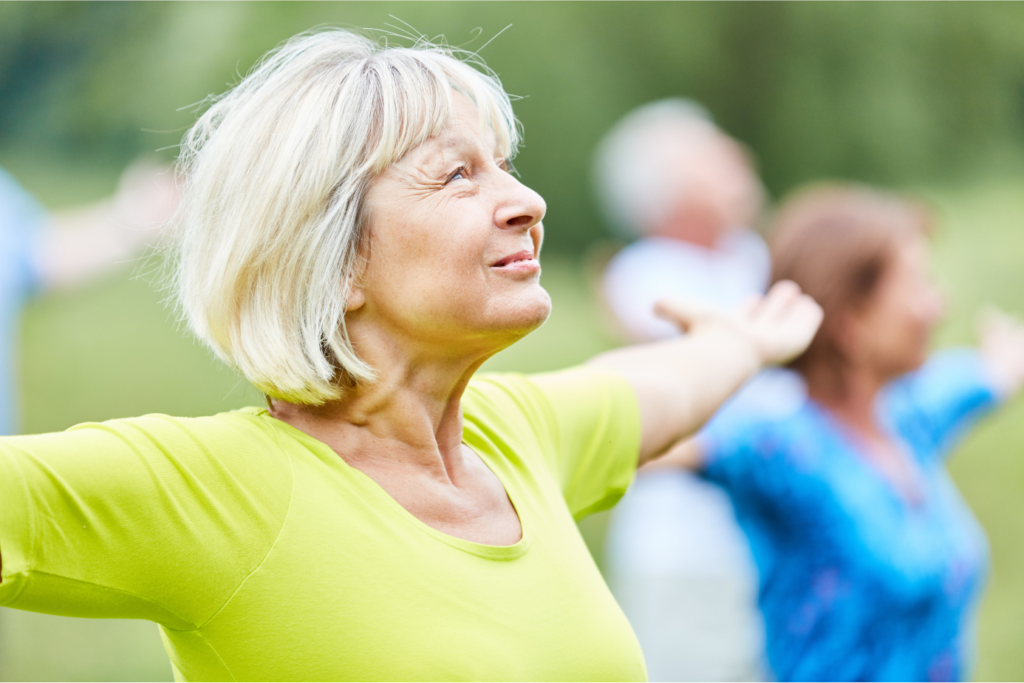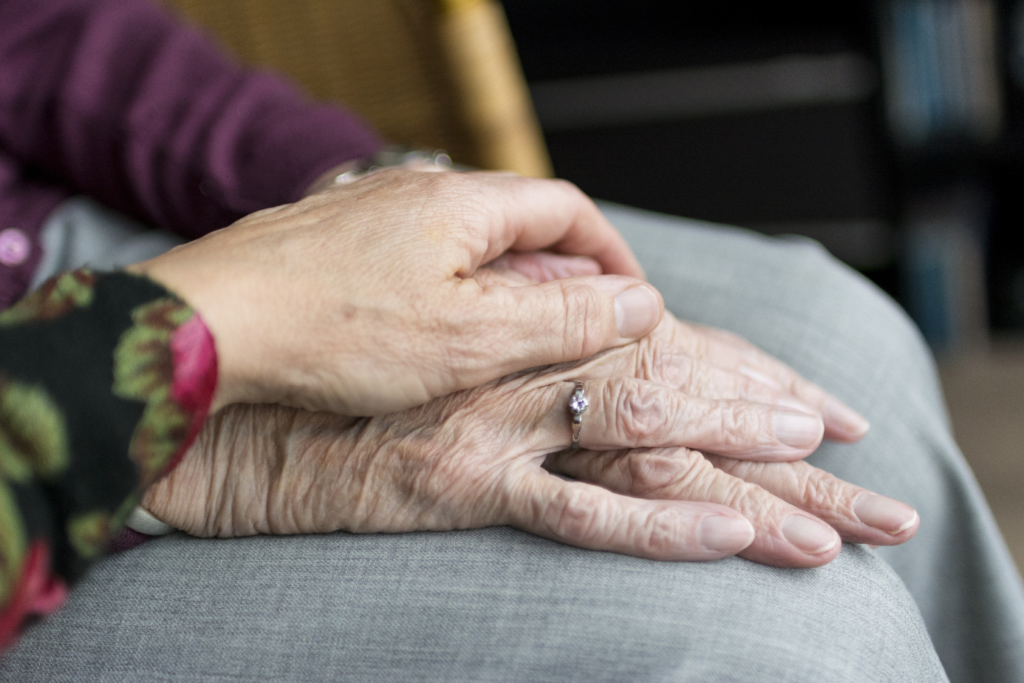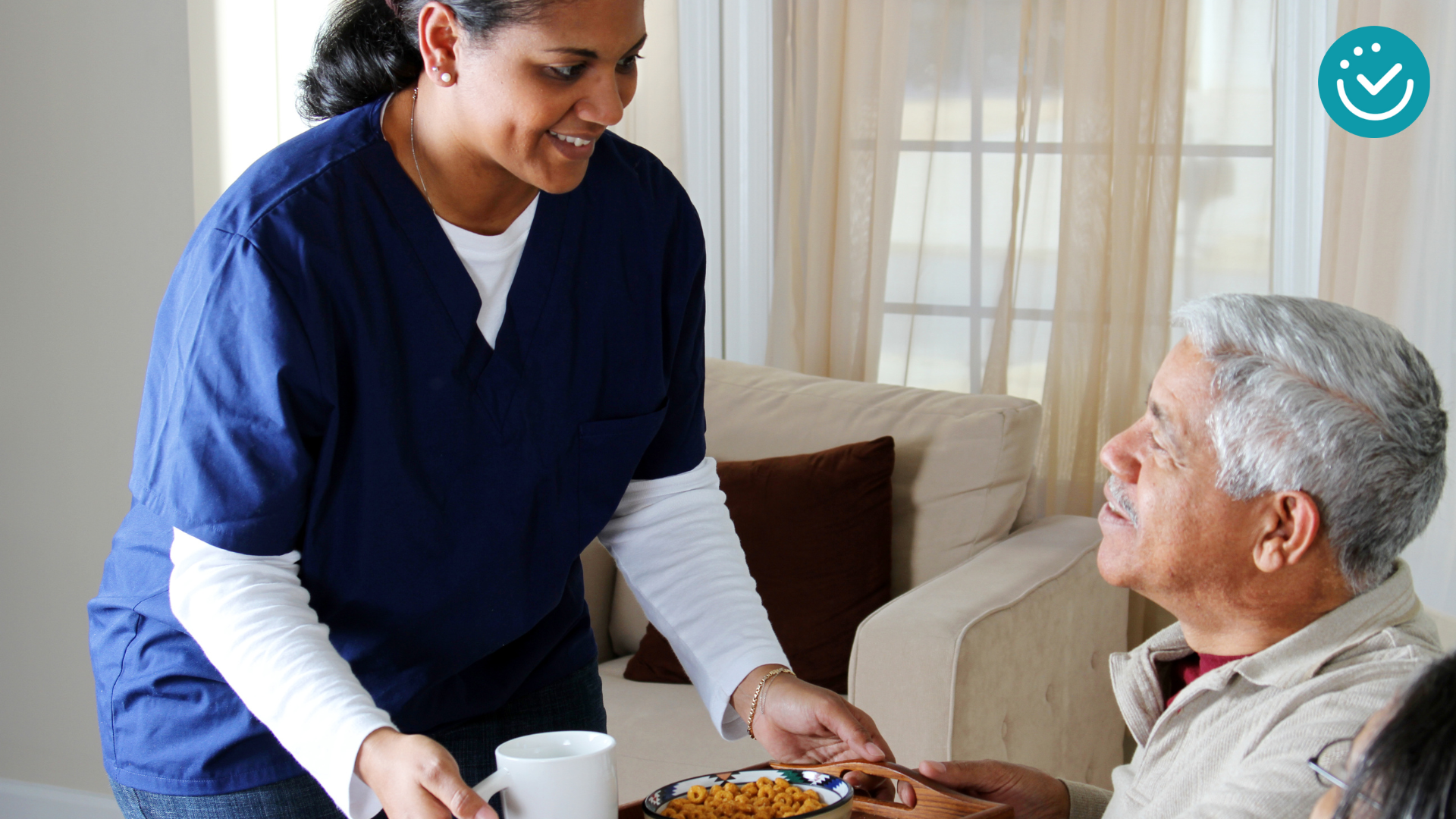Respectful Language, Real Numbers, and Better Practices
Disability affects millions — but how we talk about it, understand it, and treat those living with it can make all the difference.
Whether you’re a caregiver, healthcare provider, family member, or someone simply trying to be a better ally, it’s important to stay current on the facts and be mindful of the language and behaviors that shape the experiences of people with disabilities.
This guide brings together the latest statistics, explores inclusive and outdated terms, and shares 10 better practices for engaging with people with disabilities — all designed to foster empathy, respect, and accessibility.
The Reality Today: Disability by the Numbers
Disability is far more common than many realize — and it’s growing.
- Over 70 million U.S. adults report having a disability (that’s 1 in 4 adults).
- 13.4% of the civilian, non-institutionalized U.S. population live with a disability.
- Among adults aged 65 and older, nearly 44% report at least one disability.
- Globally, 1.3 billion people experience significant disability — about 16% of the world’s population.
Projecting the Future: Disability in 2035 and 2045
As the population grows and ages, disability rates are expected to rise:
| Year | U.S. Population (est.) | People with Disabilities (Modest) | (Aggressive Scenario) |
| 2023 | -330 million | -44.7 million | -44.7 million |
| 2035 | -355 million | -51.5 million | -56.8 million |
| 2045 | -375 million | -58.1 million | -67.5 million |
These projections reflect demographic shifts (like aging) and health trends (like rising chronic conditions). The more inclusive our society becomes, the better we can support this growing population with dignity and access.
Language Matters: Outdated vs. Inclusive Terms
Words have power. Using outdated or hurtful language can reinforce stigma. But using inclusive, person-centered language fosters respect and understanding.
Here’s a modern look at some outdated or controversial terms, and what to use instead:
| ❌ Outdated Term | 🚫 Why It’s Problematic | ✅ Better Alternative |
| Handicapped | Outdated; deficit-focused | “Person with a disability” / “Disabled person” |
| Wheelchair-bound | Implies restriction or helplessness | “Wheelchair user” or “Person who uses a wheelchair” |
| Midget | Dehumanizing; rooted in exploitation | “Little person” / “Person with dwarfism” |
| Retard/Retarded | Now considered hate speech | “Person with an intellectual disability” |
| Lame | Ableist slang equating disability with failure | Avoid altogether in this context |
| Mongol/Mongoloid | Racist, outdated term for Down syndrome | “Person with Down syndrome” |
| Slow learner | Infantilizing and vague | “Person with a learning disability” |
| The Disabled | Can depersonalize, but also used with pride | Use with care; identity-first or person-first based on individual/community preference |
| Cripple / Gimp | Historically offensive slurs | Reclaimed by some activists (e.g., “Crip”); use only if self-identified |
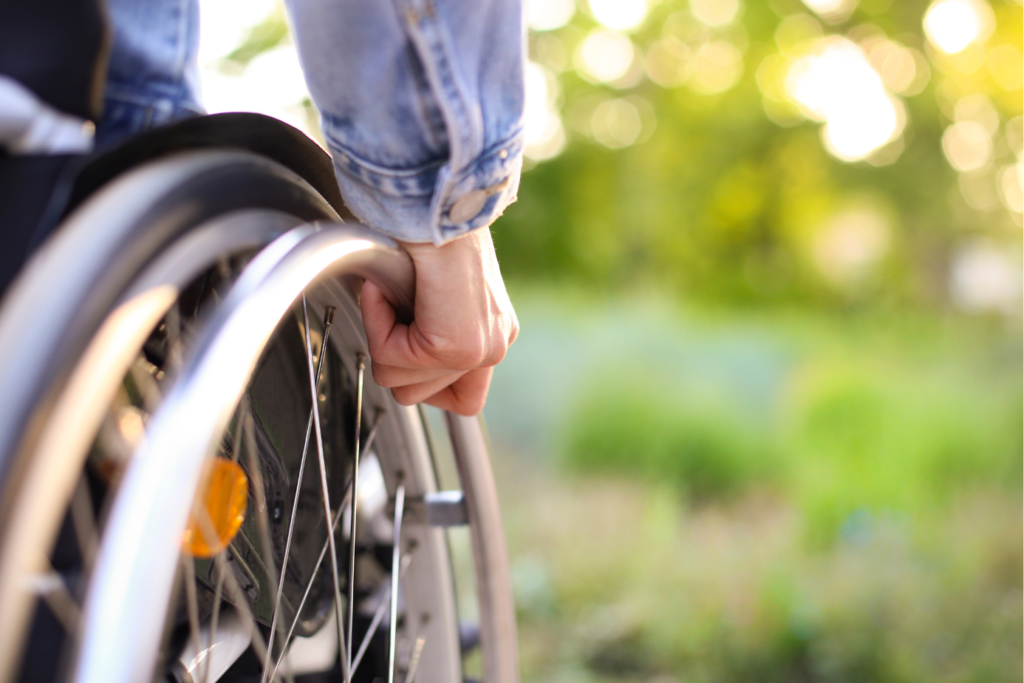
Tip: When in doubt, ask the individual or refer to widely accepted modern terms.
10 Better Practices for Interacting with People with Disabilities
Whether you’re a caregiver, a family member, or a healthcare professional, these respectful practices can help create inclusive, welcoming interactions:
- Speak Directly
Always talk directly to the person, not to a companion or interpreter.
- Offer a Handshake Respectfully
People with limited hand use often appreciate being offered a handshake or alternative greeting — it’s about inclusion, not assumption.
- Identify Yourself Clearly
Especially when meeting someone who is blind or visually impaired, always say your name and who’s with you.
- Offer Help Thoughtfully
Don’t assume someone needs assistance. Ask first, and wait for a response. If accepted, follow their lead.
- Treat Adults Like Adults
Use the same tone and language you would with anyone else. Avoid condescending behavior, like patting someone on the head.
- Respect Mobility Devices and Service Animals
Never lean on a wheelchair or touch assistive devices without permission. Service dogs are working — don’t distract them.
- Be Patient with Speech Differences
Listen carefully. Don’t rush or interrupt. If you don’t understand, ask them to repeat — never pretend to understand.
- Maintain Eye-Level Conversations
When talking to someone in a wheelchair, try to sit or kneel to be at eye level — it shows respect and engagement.
- Get Attention Politely
For someone who is Deaf or hard of hearing, gently tap their shoulder or wave to get their attention. Face them when you speak.
- Relax and Be Yourself
It’s okay to say things like “see you later” or “did you hear about…” — these phrases aren’t taken literally.
Embrace the Shift
Disability is not a tragedy — it’s a part of life for millions. The more we respect individual identity, update our language, and engage with empathy, the more accessible and inclusive our communities become.
“Nothing about us without us.” — A motto of the disability rights movement, reminding us that people with disabilities must be centered in conversations about their lives, needs, and futures.
Want to Go Further?
Consider these resources:
